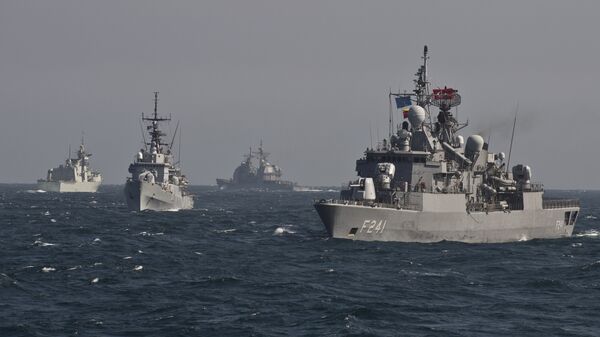According to a set of experiments performed by a team of scientists from the University of Bristol, moving patterns can change our perception of an object’s speed, PLOS ONE wrote.
“We have shown that this dynamic texture can successfully change the perceived speed of a target, either increasing or decreasing the speed, depending on the direction of the pattern relative to the direction of the target motion,” researcher Dr. Joanna Hall said.
Hall and colleagues from CamoLab made this discovery when studying the history of the British Royal Navy during WW1. Zebra stripes painted on battleships deceived the enemy and made ships more difficult for the enemy to target.
Using computer-based experiments the researchers studied the effects of moving patterns on one’s perception of the speed the target moved at.
The experiments showed that when the pattern on a target moved in the same direction as the target itself, the impression was that the target was moving faster than it actually did and vice versa.
In the case of a Land Rover, that could mean a targeting error of up to 2m at a distance of 70m when the vehicle moves at 90km/h.
"Further research would be required for the dynamic dazzle to be scaled up for use on an object of a similar size to a Land Rover but our experiments provide preliminary evidence that this is a predictable and robust effect which is unaffected by the observer's stress level. These are all attributes required of a successful camouflage strategy in the real world," Joanna Hall said.
She added that the method could be used to protect military vehicles against rocket-propelled grenades, as the distortion in speed perception could throw the attackers off target and reduce the risk of a direct hit.
Some experts insist that this technique could fool humans but computer-based targeting systems would see through the deception.
It could still be very useful during counterterrorism operations.
If this method works the world's armies may soon start using the new dynamic dazzle camouflage.



